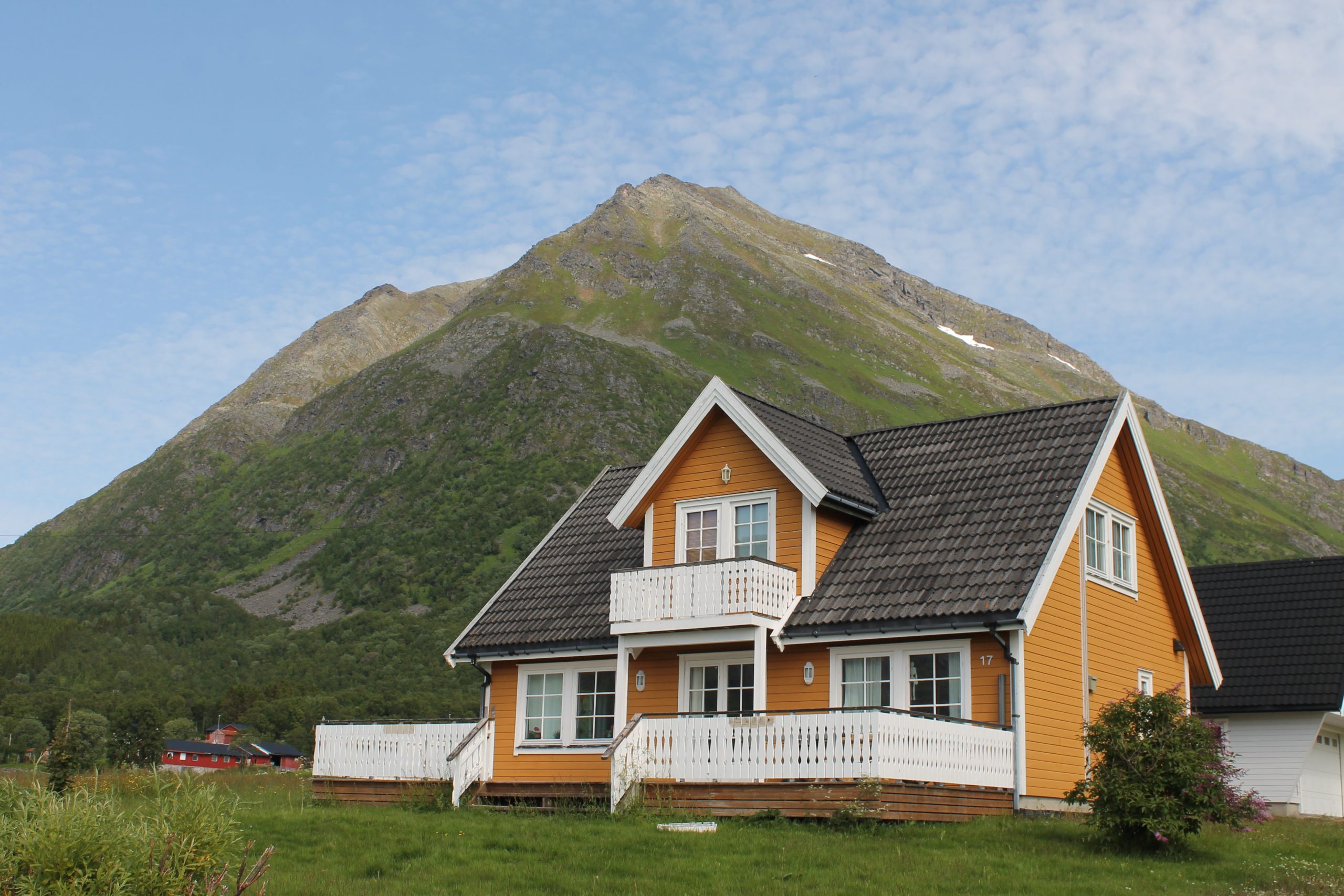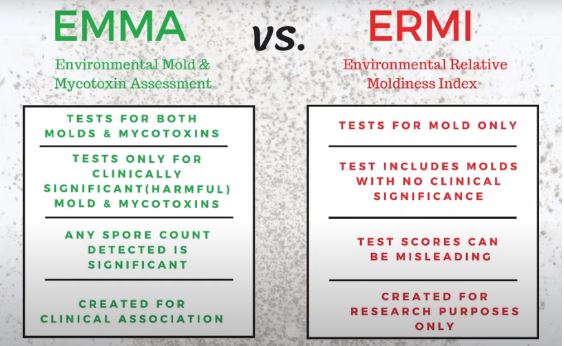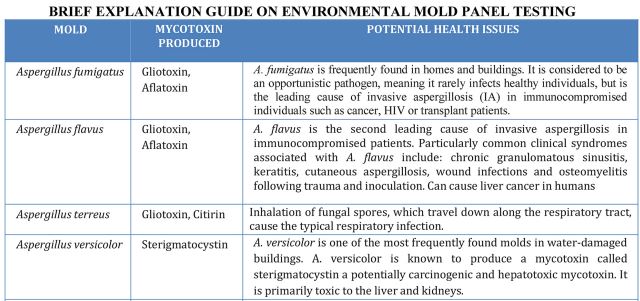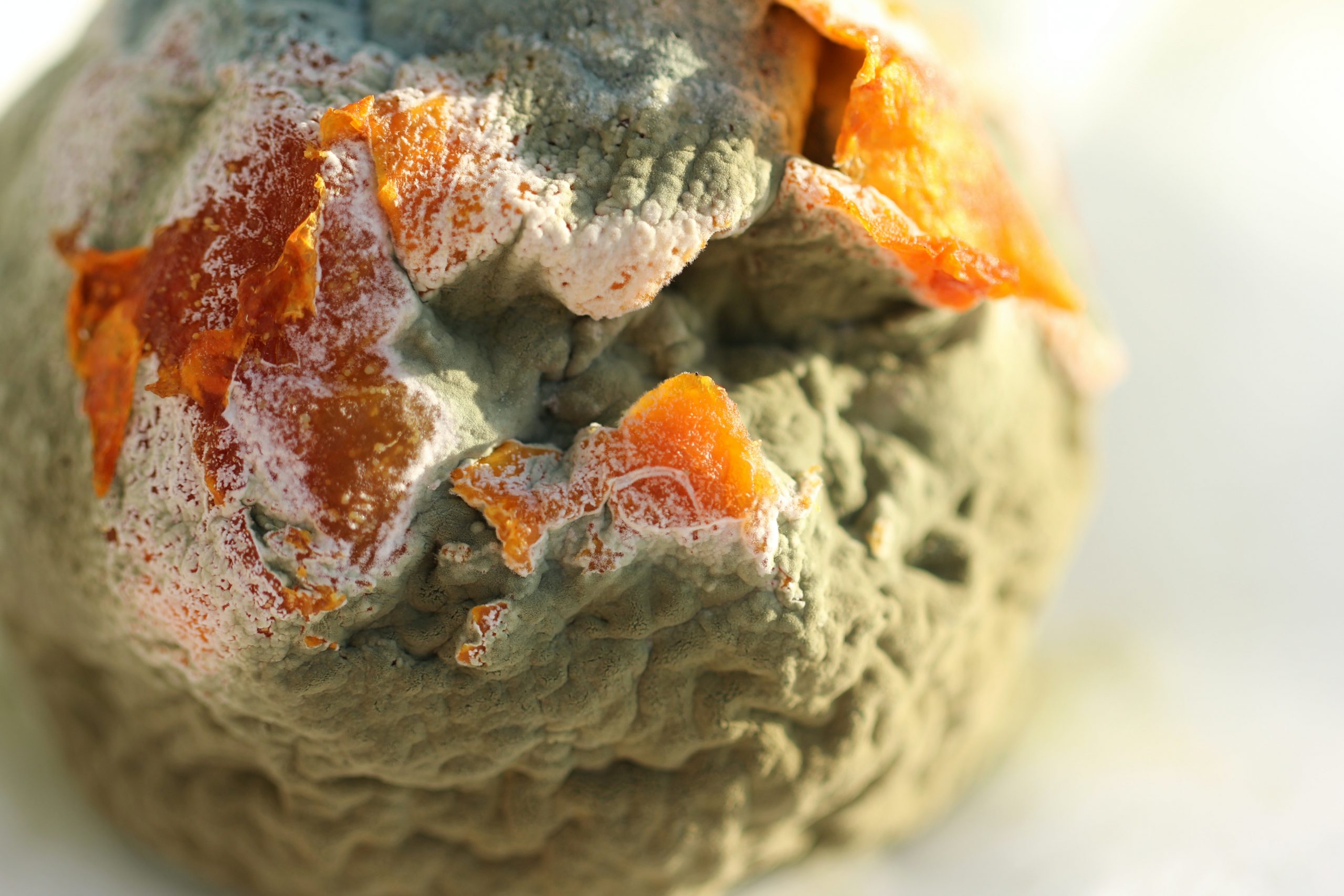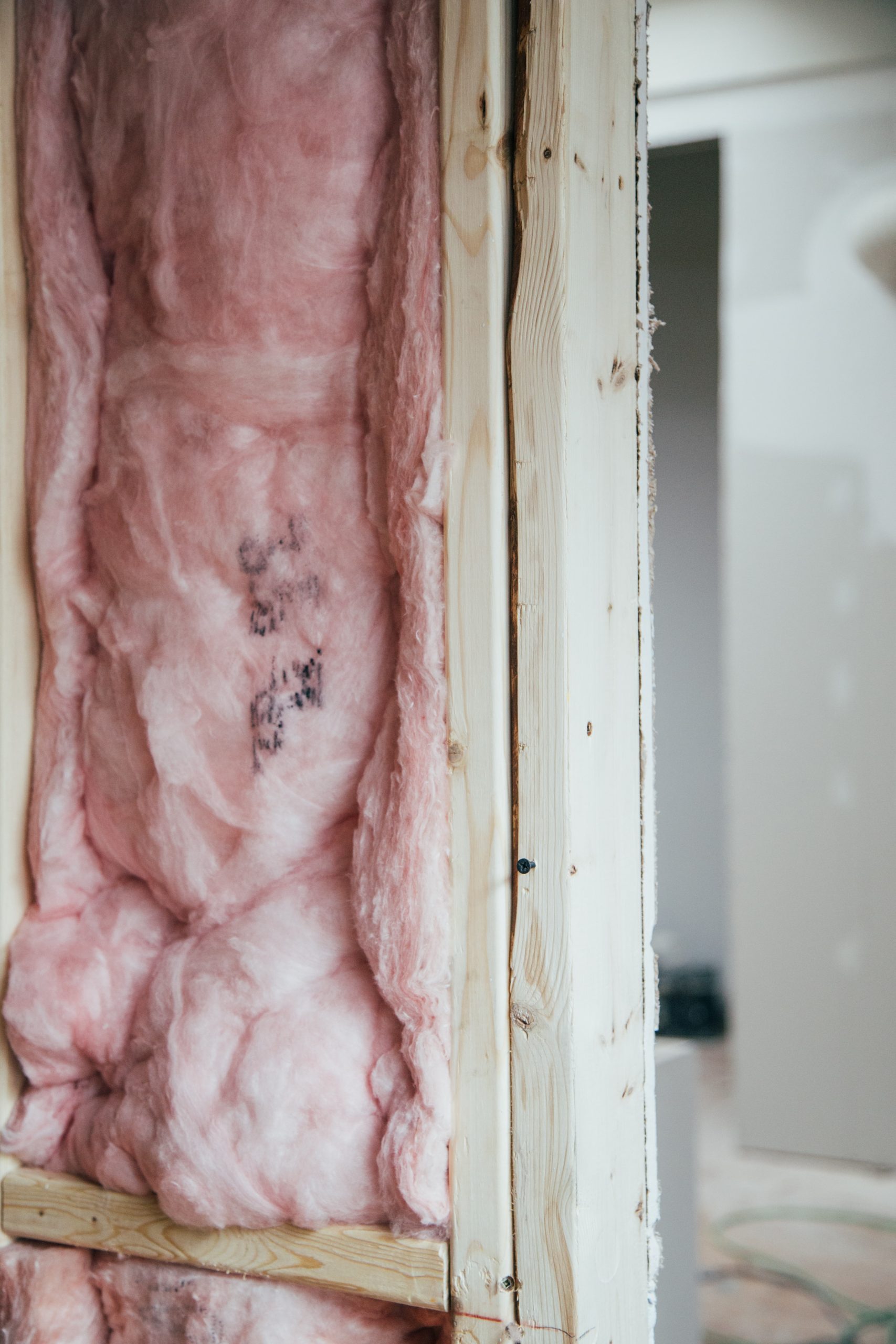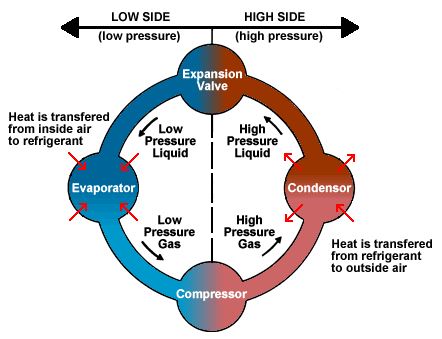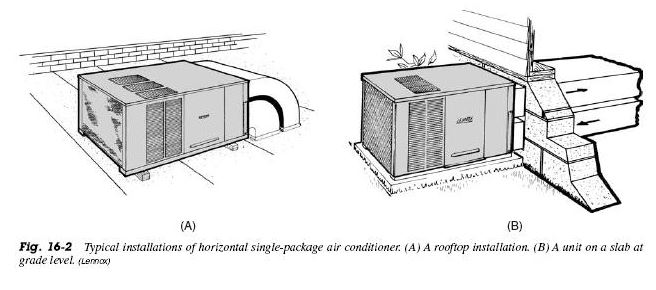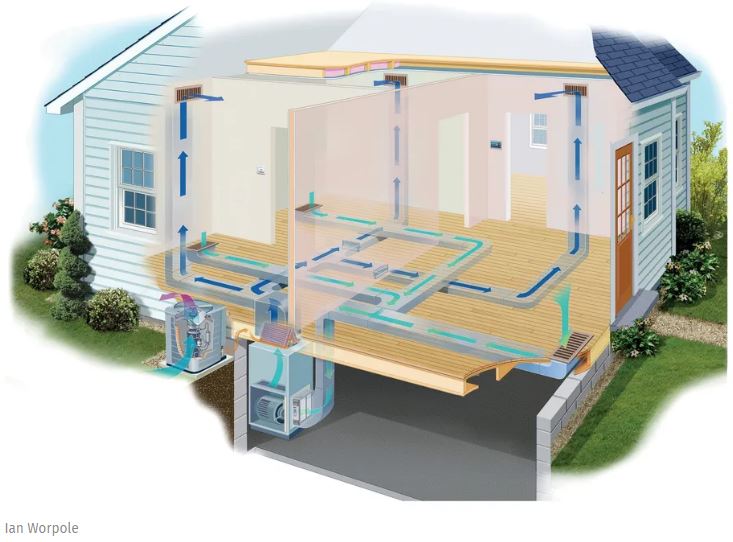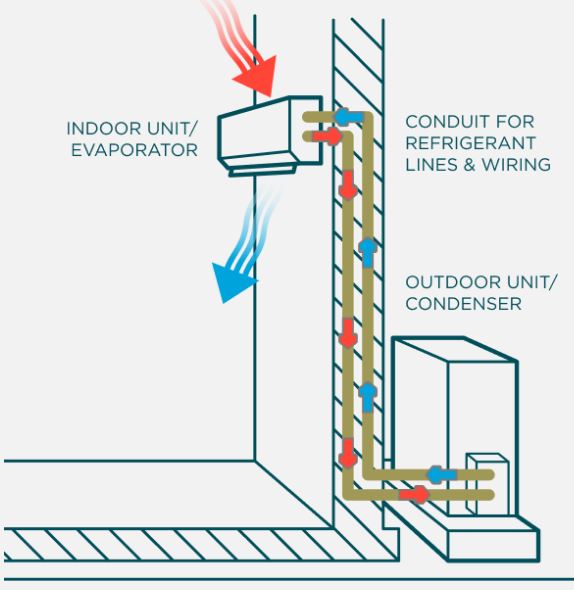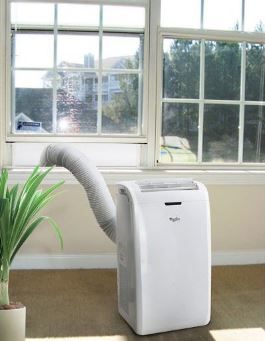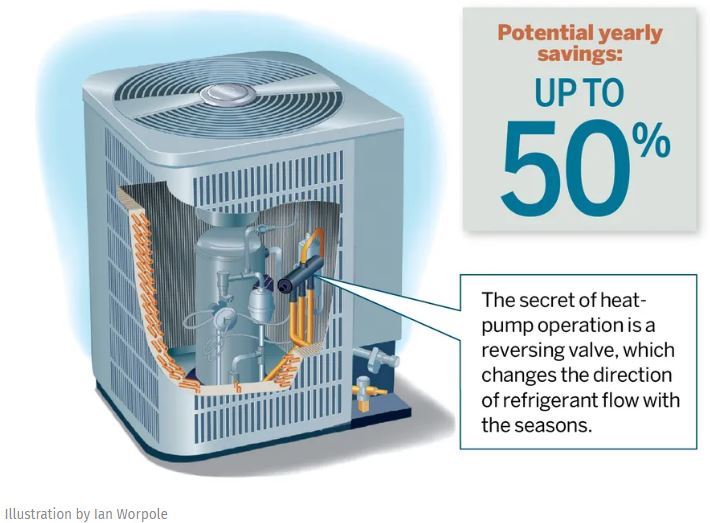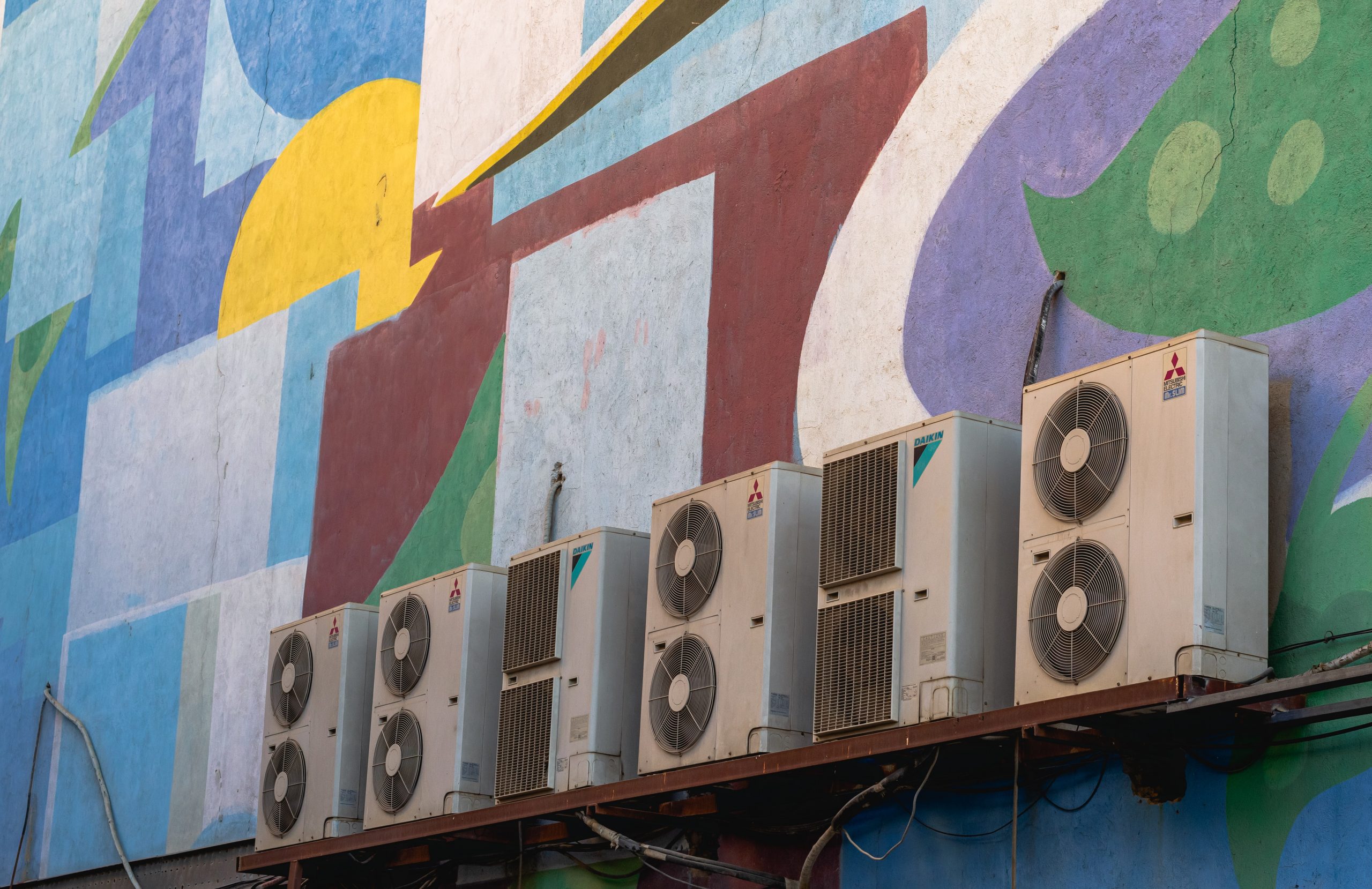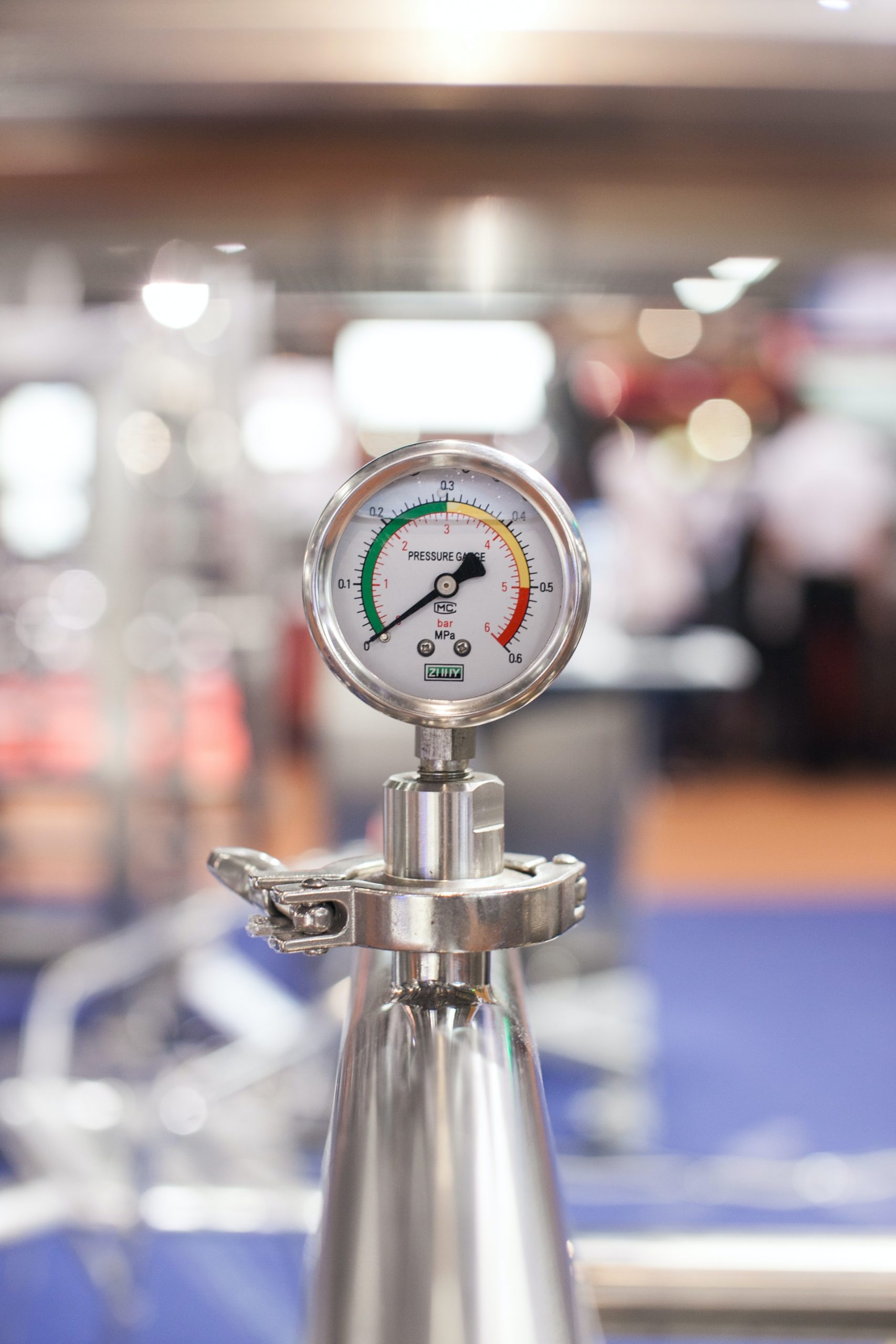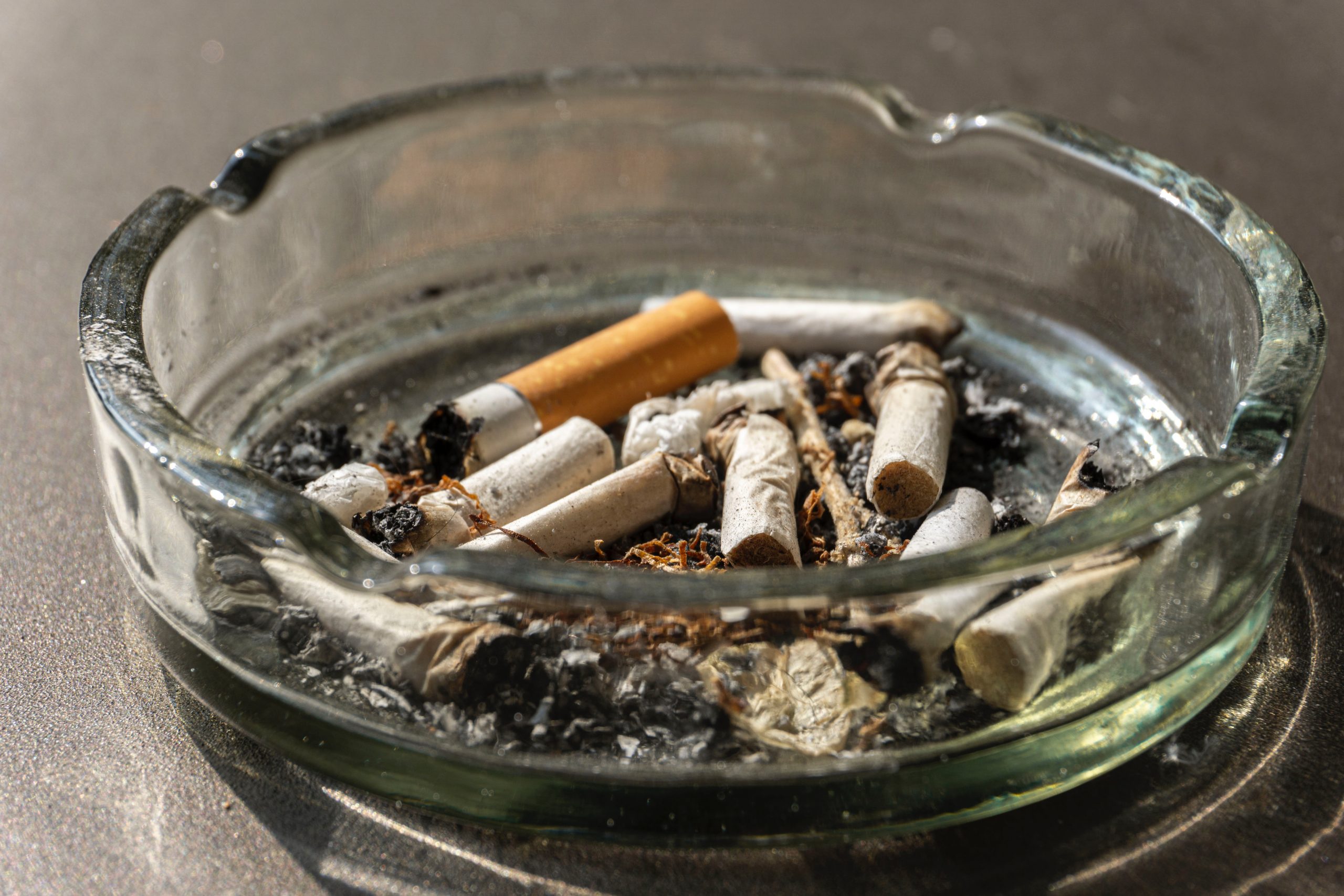No-Demo Renos for Air Quality
No-Demo Renos for Air Quality
As of 2024, home renovation is still very popular in the US, but there’s been some interesting developments, such as “no demo reno”. Eliminating demolition usually means less cost and less time--two very important commodities in renovation! I’m waiting for designers to take it a step further to challenge themselves to redesign for air quality on a budget, to be judged by air quality experts. Of course, you can spend thousands of dollars on the latest HVAC and purification systems, but you can also make a big impact with a lot less. That’s what I’m talking about!
Whether you live in a sealed upper-storey apartment using forced air all the time or only use natural ventilation via windows and doors, furniture placement can affect the airflow and thus the air quality in your home. According to a 2022 study, furniture layout is a key factor that affects the direction of airflow in a building. Different furniture heights can block or trap natural air or lower the direction of the airflow, thereby producing microscale positive or negative pressure. It evaluated a naturally-ventilated school in Thailand which was located in a city which was plagued by high PM2.5 every January and May, mostly due to agricultural burning, and wind-blown dust. Under natural ventilation conditions, the direction of PM 2.5 distribution in the classroom was the same as that of the natural air. The air velocity and PM 2.5 concentration in the classroom were correlated positively, whereas the velocity increased, with the increasing concentration of PM 2.5. Adjusting the furniture layout of the classroom, as well as the size of the openings, affected the airflow and distribution of PM 2.5 within the classroom.
Another study evaluated the pollution level of new furniture (VOCs). Just by rearranging the furniture in an office with a forced-air system, there was a notable difference between the best and the worst ventilation effectiveness without any changes in the ventilation. The key learning points were to:
1) always try to place the pollution source (new furniture) as far away from your usual breathing zone (like sitting at the desk) as possible and,
2) try to sit in the upflow field of the airflow.
If you aren’t trying to off-gas any new furniture, here are the rules that enable your HVAC to work at its optimum (How Furniture Placement Affects Your HVAC):
Make sure the furniture is not blocking any registers or vents.
Place furniture away from walls so that adequate airflow behind the furniture can prevent formation of mildew. This happens when there is not enough air circulation (stagnation) to prevent humidity from saturating surfaces. For more on how you can avoid mildew with better air circulation/ventilation, check out our article here.
Don’t block any windows or doors when placing large pieces such as couches or dressers near them
If you do need to obstruct a vent, try to use a deflector on the register so that air flow is directed to an open area. They come in a number of shapes and sizes, even adjustable, to match your register/grille and desired direction of airflow.
How to visualize airflow in your space
There are professional engineering programs that can help “see” airflow, but they take quite a bit of measuring and input to get a simulation. On the simple side, you can use the following to “see” airflow, and adjusting furniture position, window openings, vent positions and fan positions and speeds to modify air currents.
A helium balloon that has neutral buoyancy that “hangs” in the air below the ceiling will move with air currents (you can tie or tape a small weight onto it to adjust height).
A bowl of warm water with a chunk of dry ice (frozen CO2) will give off fog that moves with air currents (just be careful to use thick gloves when handling!)
Old-fashioned soap bubbles (you can make a wand by twisting a paperclip into a loop and use dish detergent and water) blown straight up into the air will tend to move in the direction of other air currents.
Candle flames/smoke may also show the direction of air currents.
Tape streamers or tissue paper in doorways to see which direction the air flows (tinsel also works).
Anemometers are fun devices to play around with, but unfortunately they usually only work very close to a vent or fan; they don’t move with minimal airflows.
Windows: Don’t forget to pull back curtains or remove them altogether if you are using natural ventilation, because blocking windows with curtains blocks airflow and light! Curtains are usually necessary for privacy, but you might consider trying sheer or loosely-woven curtains or a decorative fabric screen placed a foot or two inside the window, for more airflow. If you want to open windows without letting in pollen or air pollution, check out our Nanofiber PureAir Window Screens and Window Ventilation Filters.
Fans: Portable fans can set atop furniture or even be hung on the wall to increase airflow. Take the time to clean your ceiling fans and make sure they are running in the right direction (clockwise in the heating season and counter-clockwise for the cooling season).
Even if you’ve lived in a space for a long time and think you have tried “every possible arrangement” of furniture, the act of rearranging furniture every so often is not futile for the following reasons (Rearranging Furniture Could Help You Use Space More Effectively and Give You a Mental Boost):
Moving furniture will expose dirt, dust and allergens so that you can clean under it, improving indoor air quality.
Moving it may force you to remove or store clutter that also collects dust
Moving furniture could expose other air quality problems like hidden leaks or mildew, pet stains or pest infestations
Better furniture arrangement can help you to feel less stuffy and more energetic, even if the airflow changes are minute. Just a few last tips before you get busy redesigning a room:
remember to use a measuring tape first before trying to move heavy or large furniture to a new spot!
Have your cleaning supplies at the ready to vacuum up dust, cobwebs, pet hair, etc..
Call on your friends not only to help with the moving, but also to lend ideas.
If you don't have plants, consider adding a few strategic plants as natural air purifiers (and a pop of color!)
Plugging in a small air purifier with a fan like the Germ Defender or Upgraded Air Angel Mobile will freshen the air and add airflow on a micro scale.
Photo by Nathan Fertig on Unsplash



